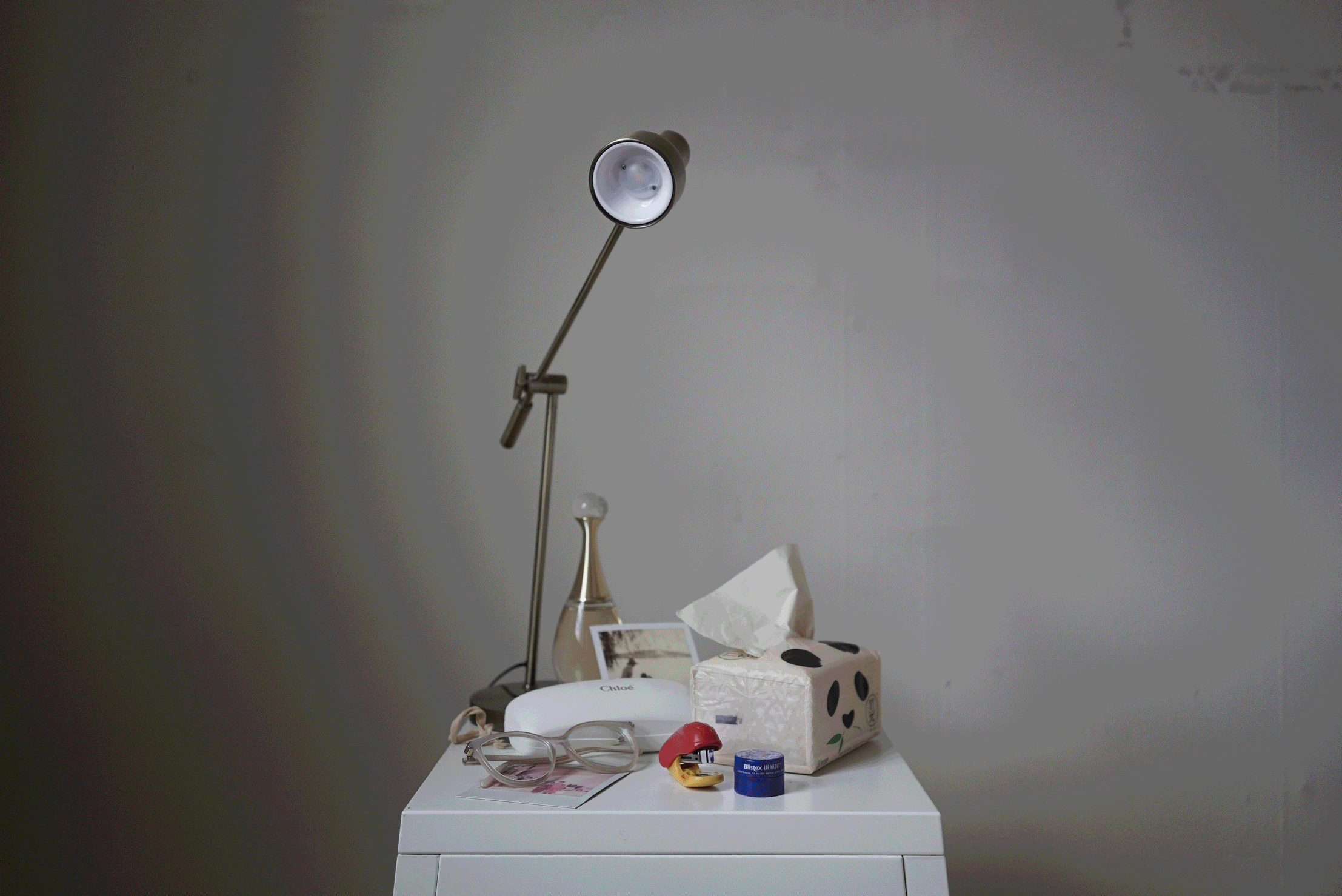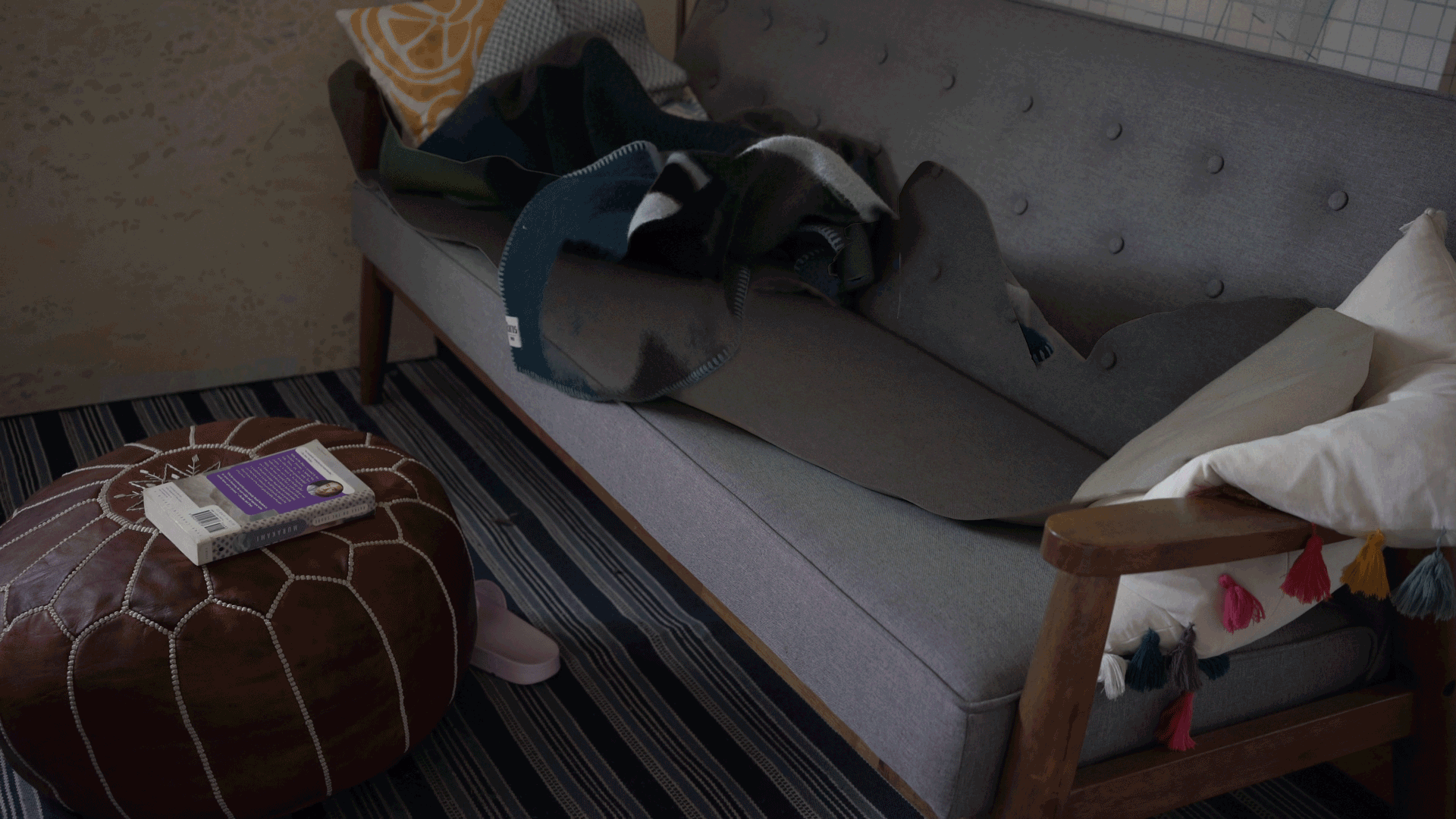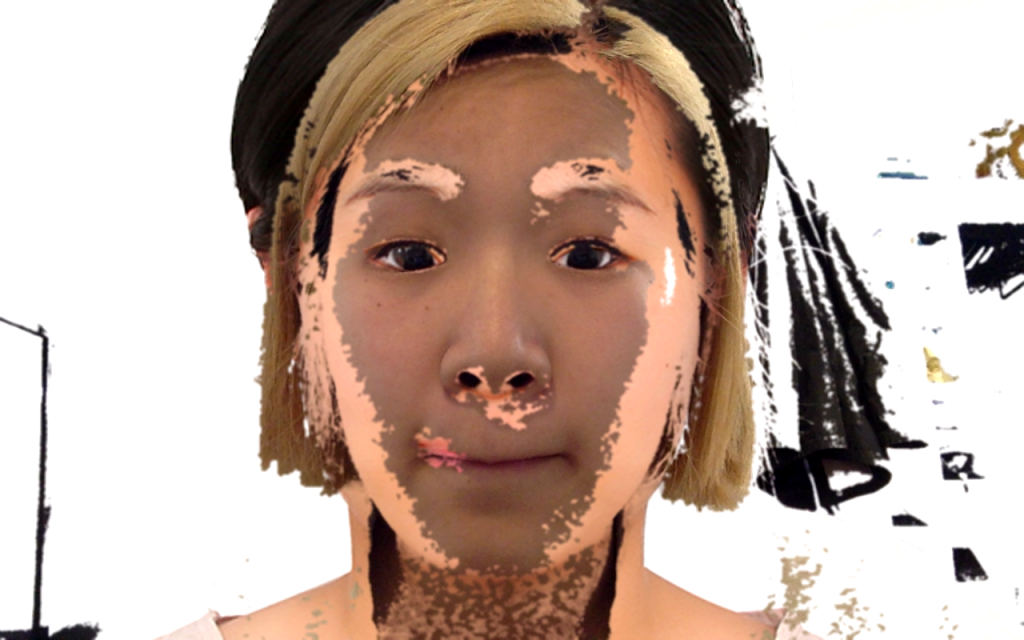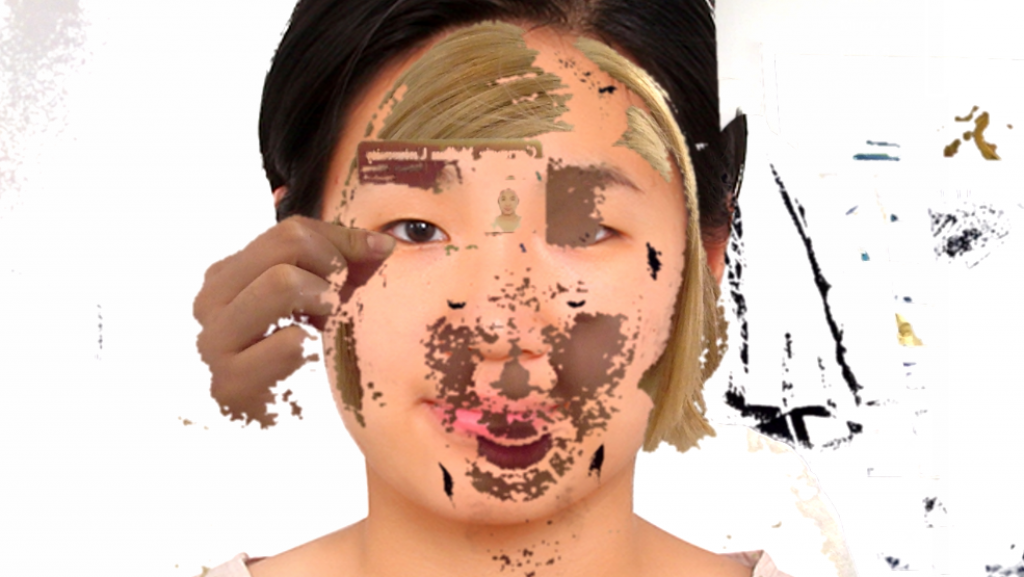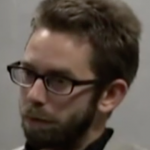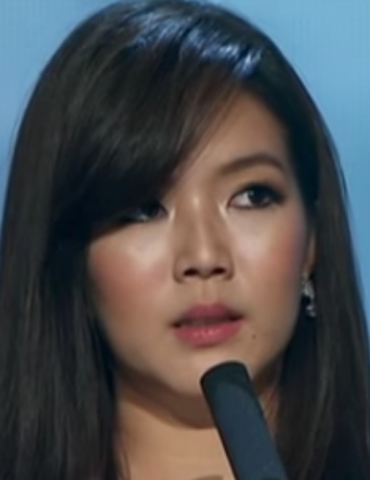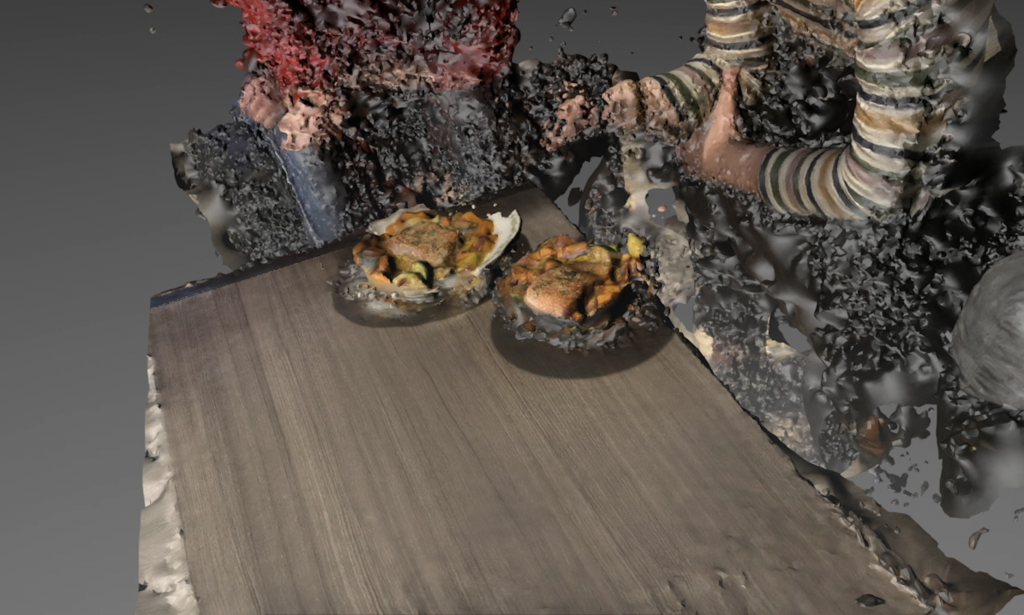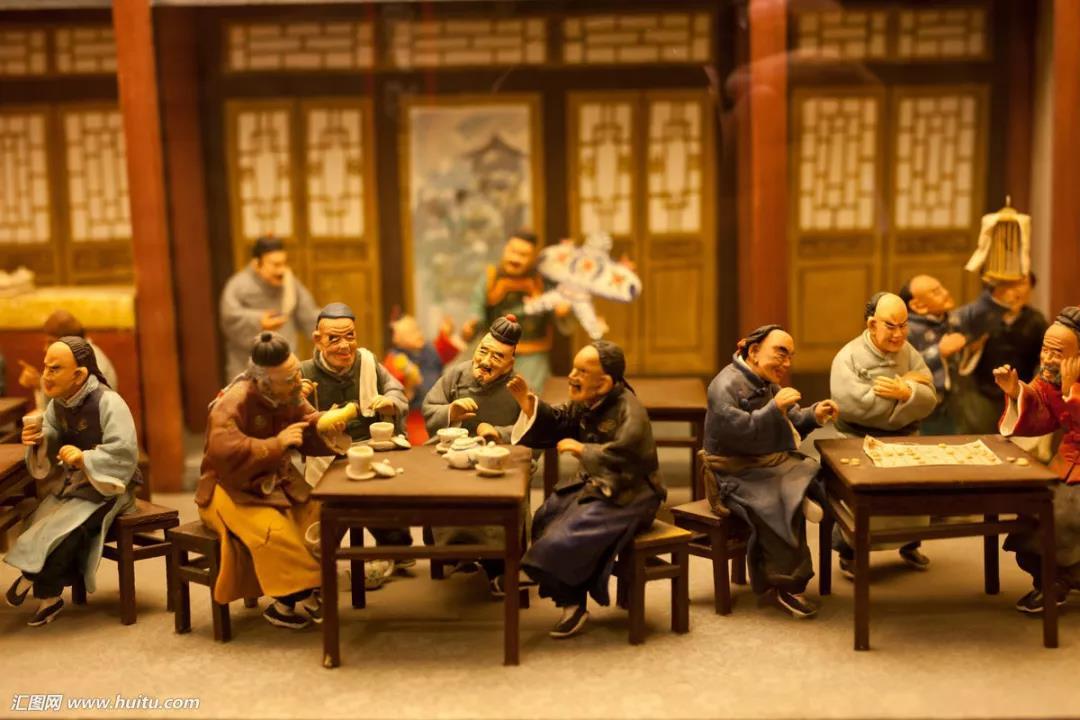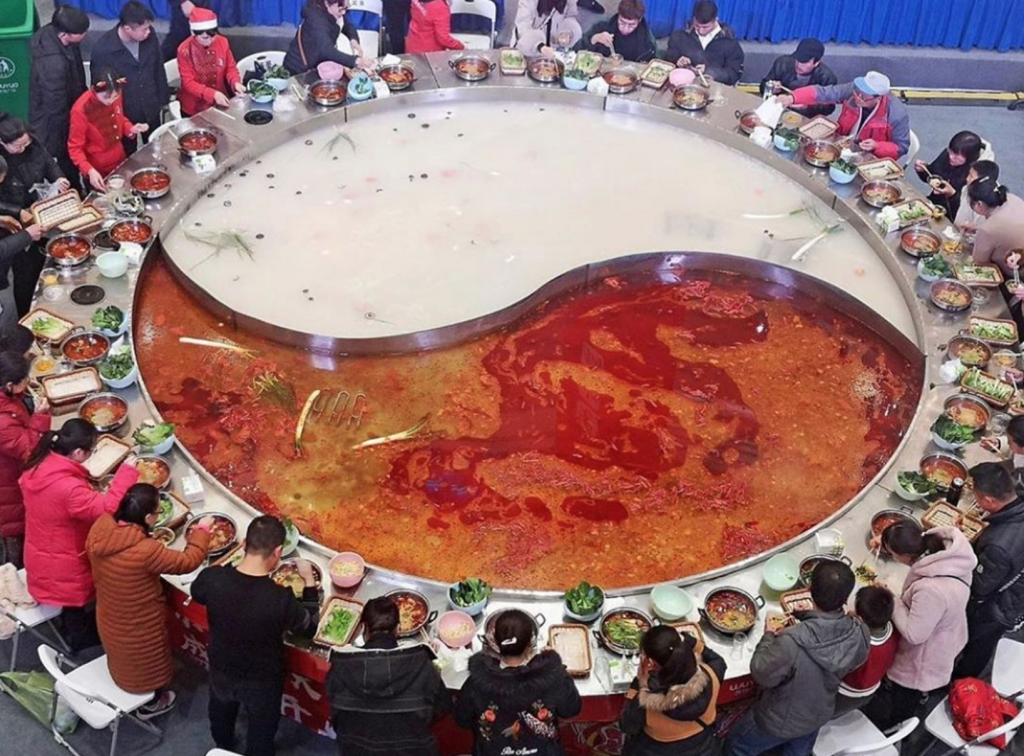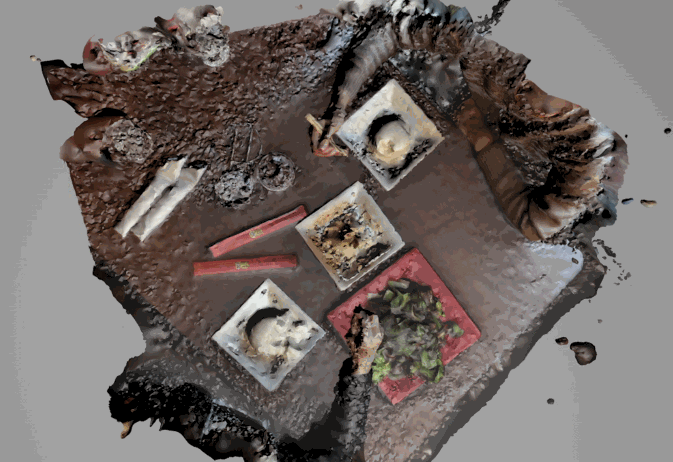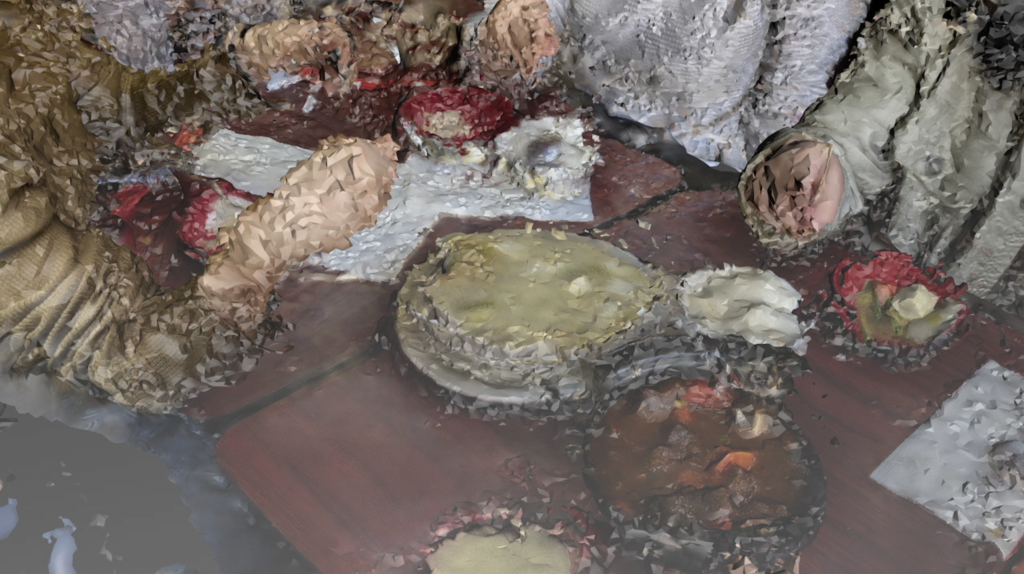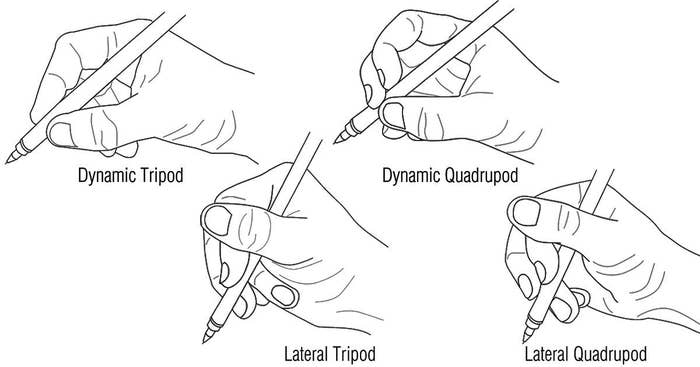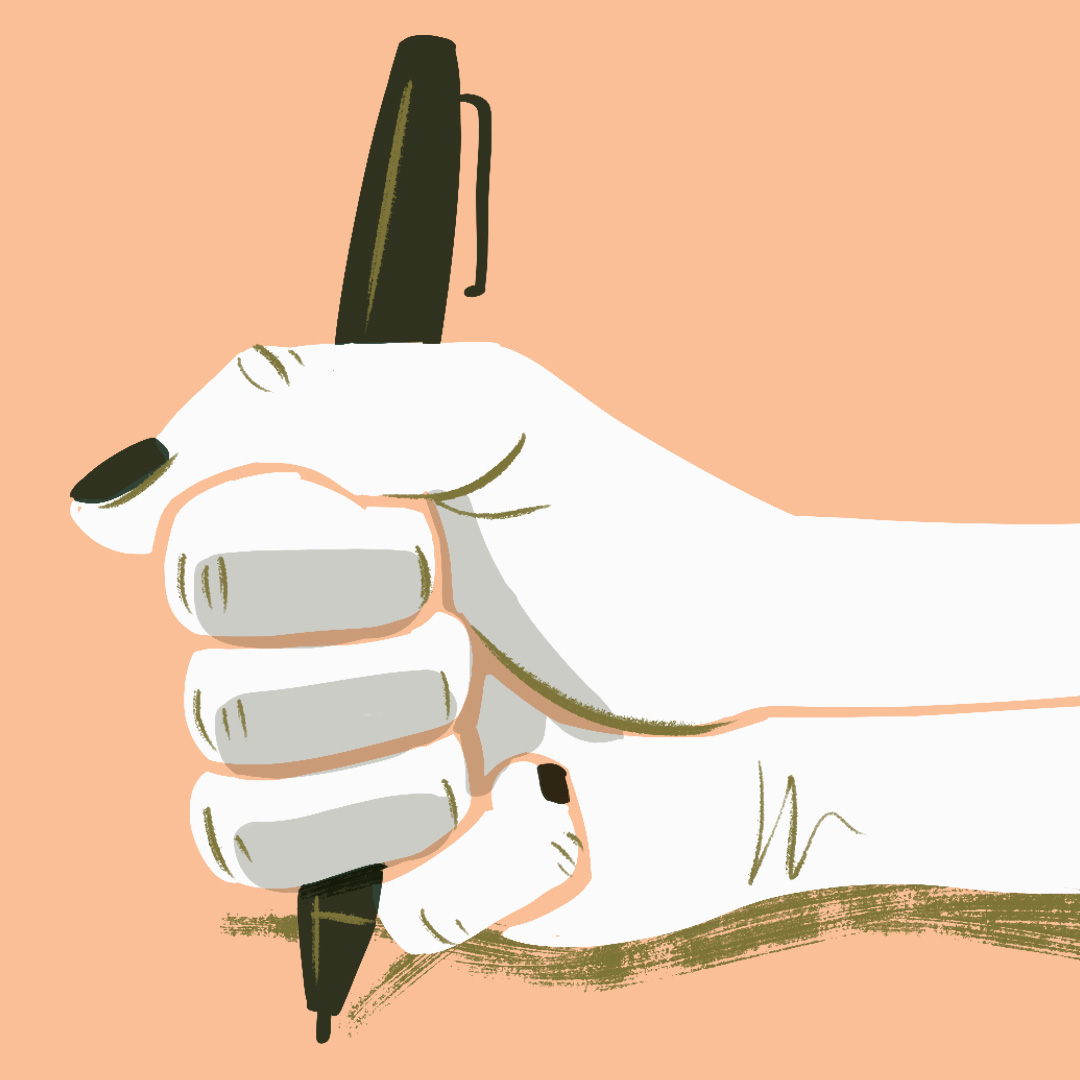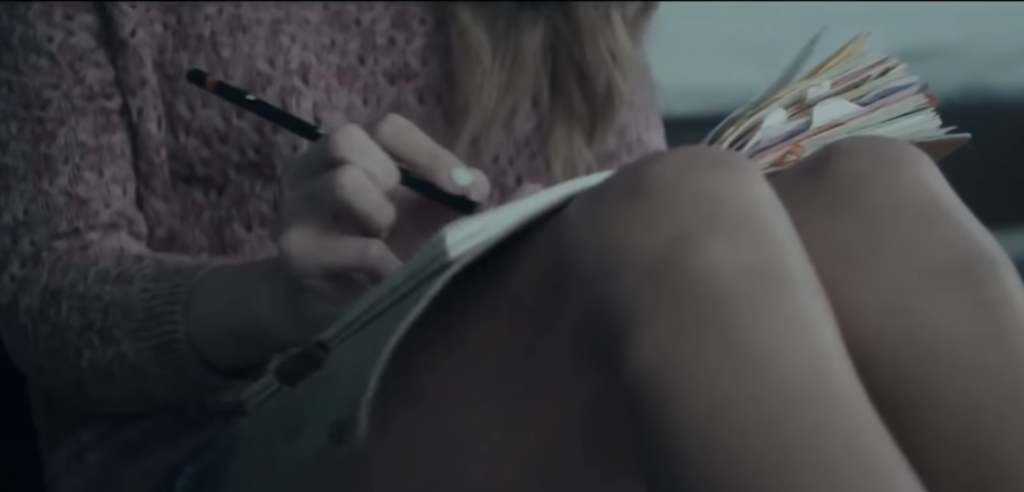a momentary stay
Snap shots of a person’s transient, solitary body in her quarantine home.
This work lives on this webpage.

In these snap shots, my body is keyed out to create windows, where two videos of the same view in different time scales are overlaid.



Story
During the first a month and a half of quarantine, I stayed in a friend’s apartment. I was originally living in a dorm, stuck in a small, half-basement room with a terrible kitchen. It was miserable so I asked to stay at my friend’s empty apartment while she was with her family in another city.
My friend’s home was full of her personality. When I first arrived, it was as if she just left — there were dishes drying on the rack, clothes in the hamper, and snacks in the fridge. I lived carefully, knowing that in a few weeks, I would leave, and hopefully I would not leave many traces behind. There was a sense of friction between the space and my body, because I was a guest here without the host. I wanted my presence to be brief and light, but as time went by, I blended with the space and felt more and more at home. It really was a cozy apartment! The friction became more of a warm touch.
In this project, I lean into the distance between my body and my temporary home. In the snap shots, my keyed-out body creates windows that allow for juxtaposition between the same space in two different time scales.
Process
- Taking videos of myself in green suit doing mundane things

- Overlay videos in After Effect
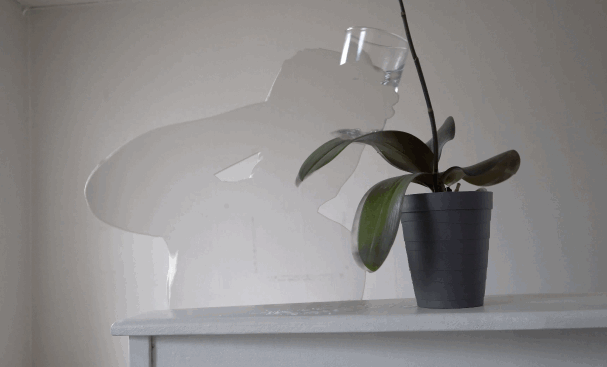
- Convert video to gifs using ezgif.com/video-to-gif
- Create basic webpage to present the gifs (plain html+CSS+javascript; Link to Github repo)
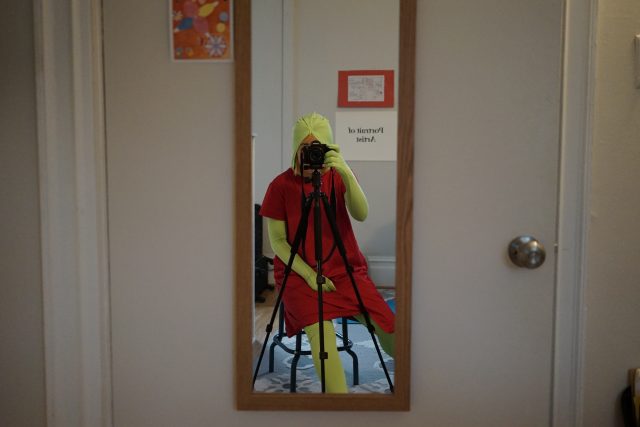
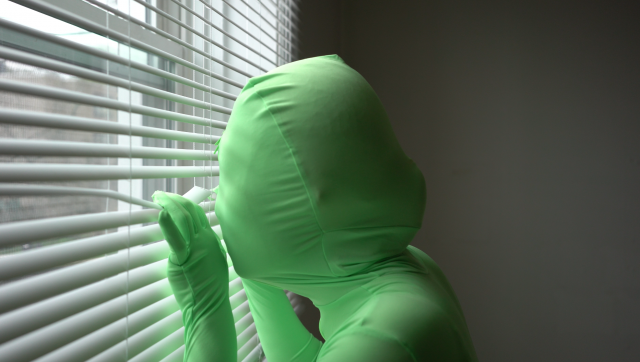
Inspirations
In Search of Lost Time, novel by Marcel Proust
“The Figure A Poem Makes” by Robert Frost
4/51 Dolna St and Headache by Aneta Grzeszykowska
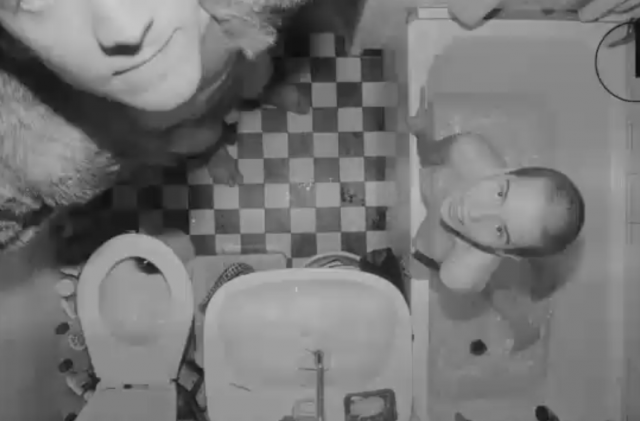
Three Transitions (1973) by Peter Campus
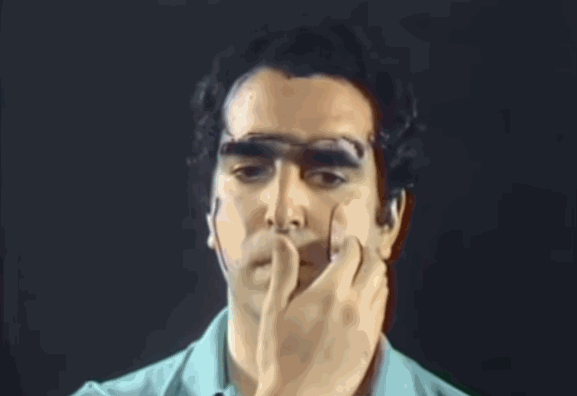
Next steps:
- gif compression using ffmpeg



